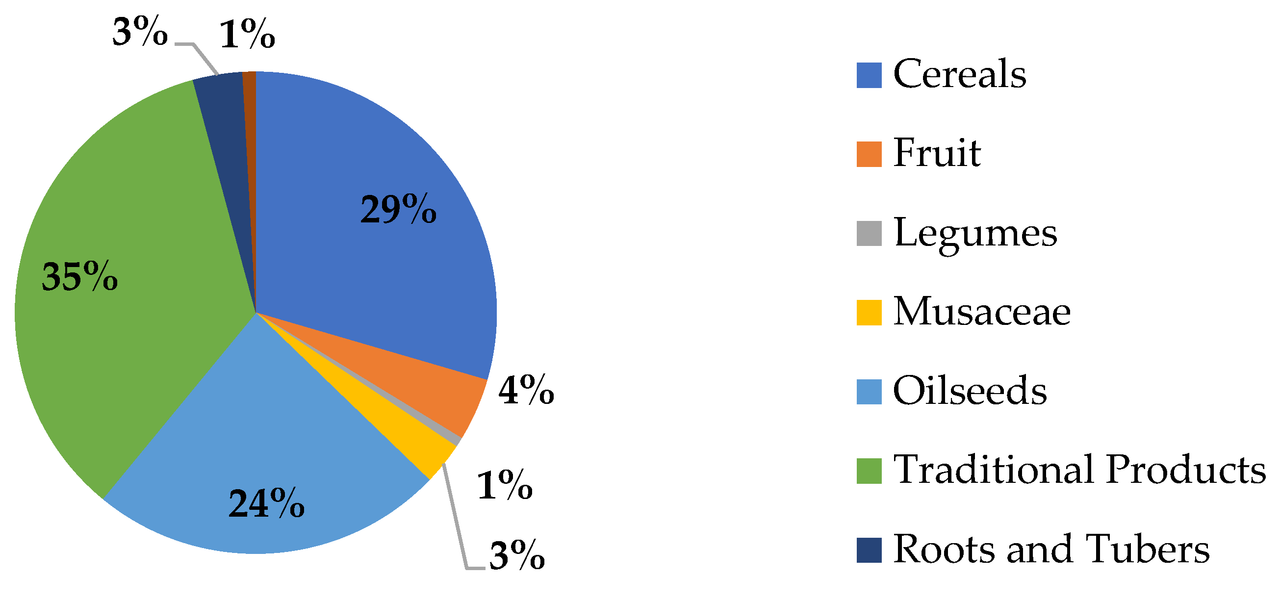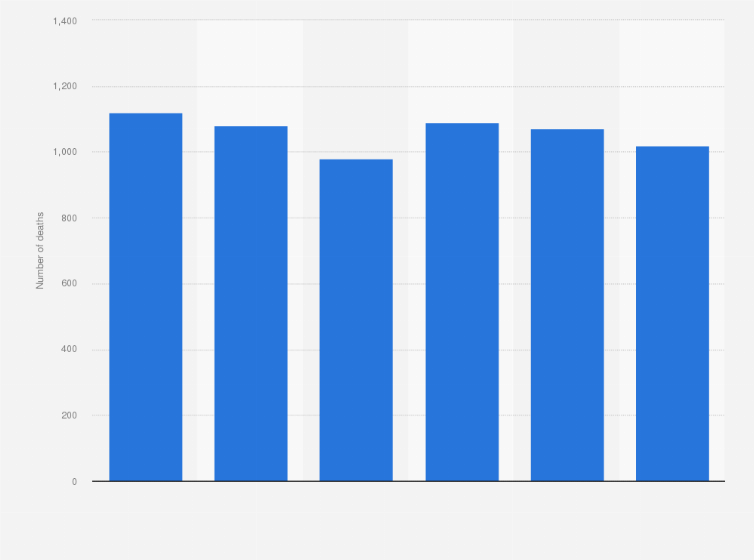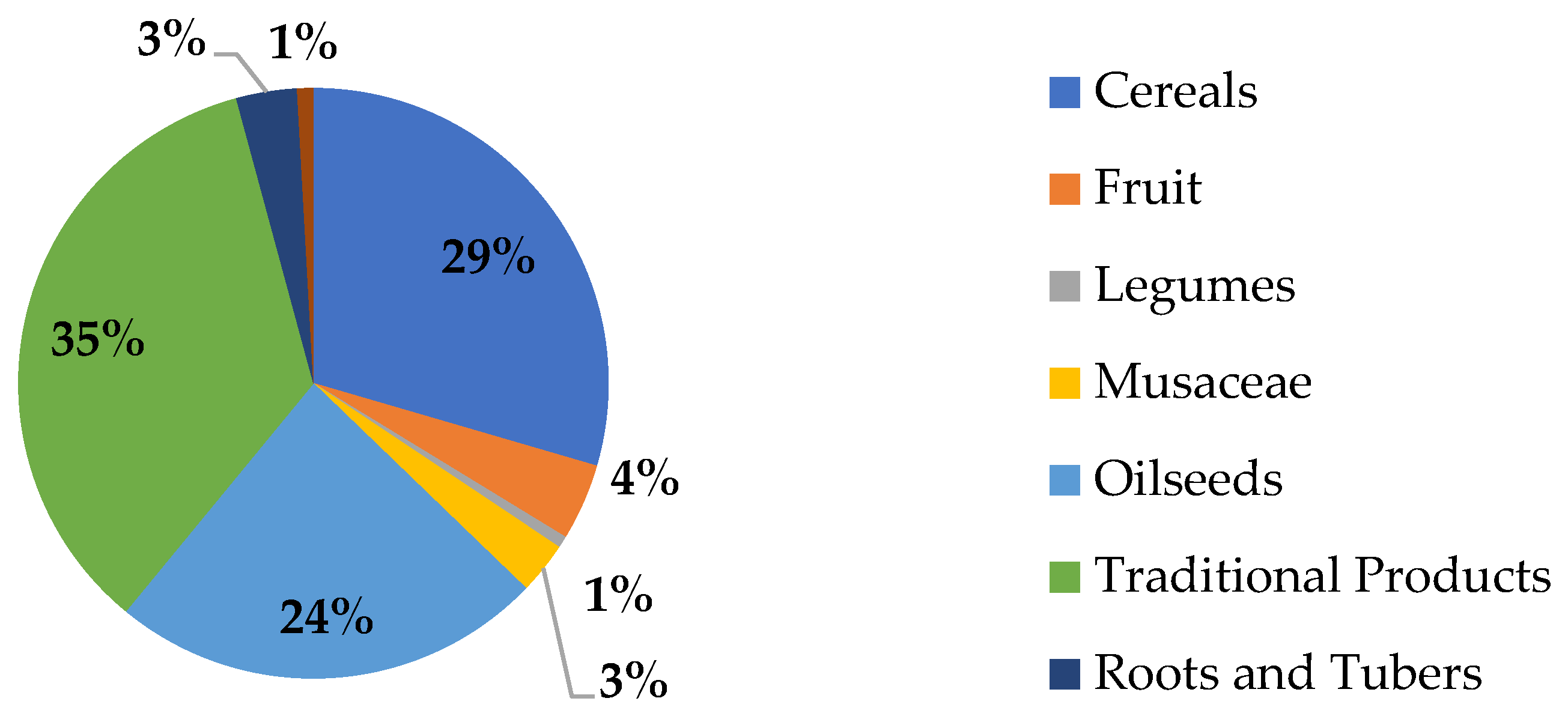Why does Dominican Republic use fossil fuels? There is plenty of sunshine on the beautiful island of the Dominican Republic. However, fossil fuels—coal, natural gas, and fuel oil—provide 80% of its energy.
However, the government has pledged to get 25% of its electricity from renewable sources by 2025 and 30% by 2030. Geopolitics and the expanding tourism sector, which demands smart cities and clean energy sources, are the two primary drivers.
National leaders that visited the island underlined their commitment to cutting CO2 emissions, which they made as part of the Paris Climate Agreement. The goal is to increase their use of renewable energy while reducing their dependency on fossil fuels.
It is required due to the sharp increase in the price of natural gas and oil, which is a result of pent-up demand after the Russian invasion of Ukraine and the epidemic. For energy resources, emerging economies now have to contend with the most developed countries.
At the same time, the Dominican Republic's tourist sector contributes significantly to its 3% to 5% yearly GDP. However, the nation also has inherent limits because it doesn't produce fossil fuels, and its distribution network is remote and unconnected to nearby islands.
Why Does Dominican Republic Use Fossil Fuels?

In a speech in his office shortly after Hurricane Fiona struck the Dominican Republic, Minister of Energy and Mines Antonio Almonte stated that the country's power system will continue to rely on natural gas for a considerable amount of time.
Read Also: Swiss Approve Law Boosting Renewable Energy Generation
It is among our main sources of electricity fuel. However, by 2050, we want to have over 50% of our energy come from renewable sources. If battery storage technology develops, we are certain that we can reach it as early as the 2030s.
"Our growth is based on tourism, which is powered by clean energy, he explains. The energy revolution and the expansion of tourism must coincide. Furthermore, we will become more independent and improve our energy security if we lessen our exposure to geopolitics. We can lessen our exposure, particularly to natural gas, thanks to renewables.
The installed generation capacity of the Dominican Republic is 5,000 megawatts. Although this varies since power plants can switch between fuels based on price, coal makes up 30% and natural gas 39%. Its easy access to cheap and plentiful Colombian coal, which it purchases under long-term contracts, allowed it to begin running two coal-fired units in 2019 and 2020.
17% of the nation's electricity comes from renewable sources, mostly hydro, solar, wind, and biomass. In order to reach the 2025 target, those fuels are growing rapidly.
Last year, the government also purchased 622 megawatts of solar electricity through power purchase agreements. At least 2,000 more megawatts of renewable energy facilities are being planned. If all of the country's 2030 goals are achieved, provided that energy storage becomes reasonably priced, it will comfortably surpass them.
Why Does Dominican Republic Use Fossil Fuels?

Additionally, it aims to achieve net zero emissions by 2050 and reduce carbon emissions by a third from 2010 levels by 2030. Additionally, it is extending energy access to 300,000 people living close to the Haitian border. Potential remedies include mini-grids and onsite solar panels that use batteries. If you want to know why does Dominican republic use fossil fuels?
The World Bank is contributing $1.8 billion over five years to the Dominican Republic's efforts to create high-quality jobs and renewable energy. Enhancing the sustainability of "landscape and natural resources," which includes its water supplies, is a requirement for the loans.
Read Also: Are Solar Panels Like Power Plants?
In an interview at his Santo Domingo office, Edward Veras, executive director of the Dominican Republic's Energy National Commission, stated, We have the potential to be one of the cleanest countries in the world.
We import 25% of our electricity resources out of the total fuel imports. By investing heavily in renewables, our energy revolution will lower this by at least 10%. By investing in renewable energy sources and replacing coal and fuel oil, we will generate jobs.
The Dominican Republic offers incentives for foreign investors to construct clean energy projects. A 2007 law offers tax breaks for power generated from renewable sources as well as a 100% tariff exemption on imported machinery and supplies. In the next three years, businesses will invest at least $2.5 billion in 2,000 MW, or more than 40 projects, according to Veras.
The following companies have a share or interest in the nation: Total Energies, AESAES -4.8%, Acciona Energia of Spain, UrbaSolar of Axpo Holding AG, based in Switzerland, Bas Corp. and Akuo Energy of France, Canadian Solar, Dominion Solar, and Polaris Energy Sources, based in the United States. Additionally, the InterEnergy Group and Ege Haina of the Dominican Republic are supporting it.
Is it safe for investors to take chances in the Dominican Republic? According to Minister Almonte, the government ensures that foreign investors in generation assets will receive their money. He claims that the leadership has always fulfilled its responsibilities and that the power purchase agreements are as valuable as gold.
Why Does Dominican Republic Use Fossil Fuels?
In fact, in the Dominican Republic, Dominion constructed a 66.8 MW solar photovoltaic facility. About 80,000 residences and enterprises in the country's east would benefit from it, and 50,000 tons of CO2 will be avoided yearly. In this blog, wan to know why does Dominican republic use fossil fuels?
In addition, the Pecasa project is one of the biggest wind farms in the Caribbean, located in a region with a deficient electricity supply. Siemens Financial Services is an investor in it, and it is a component of Akuo Energy. In 2019, the $125 million project was put into service.
It offsets 142,000 tons of CO2 annually at 50MW. Under a 20-year power purchase agreement, the Corporacion Dominicana de Empresas Electricas Estatales purchases the electricity. This (Pecasa) project's scale aligns with the Dominican government's goals for its energy transition," says Eric Scotto, Akuo Energy chairman and cofounder.
Thanks in large part to financial incentives and superior wind and solar resources, the Dominican Republic is expanding its electricity portfolio, which is currently among the most diverse in the Caribbean. As a result, there is an increasing demand for this kind of investment globally.
The dangers of climate change have never been more apparent to Dominicans. The first significant meteorological event of that kind in sixteen years, Hurricane Fiona, recently passed past. However, they are also witnessing other observable consequences, such as coral bleaching, beach erosion brought on by rising sea levels, and a rise in sargassum, an unsightly seaweed, which is overrunning their shorelines.
A little portion of the greenhouse gases that cause global warming come from the Dominican Republic. However, it is determined to contribute, which will also improve tourism and its energy security. Why Does Dominican Republic Use Fossil Fuels?

